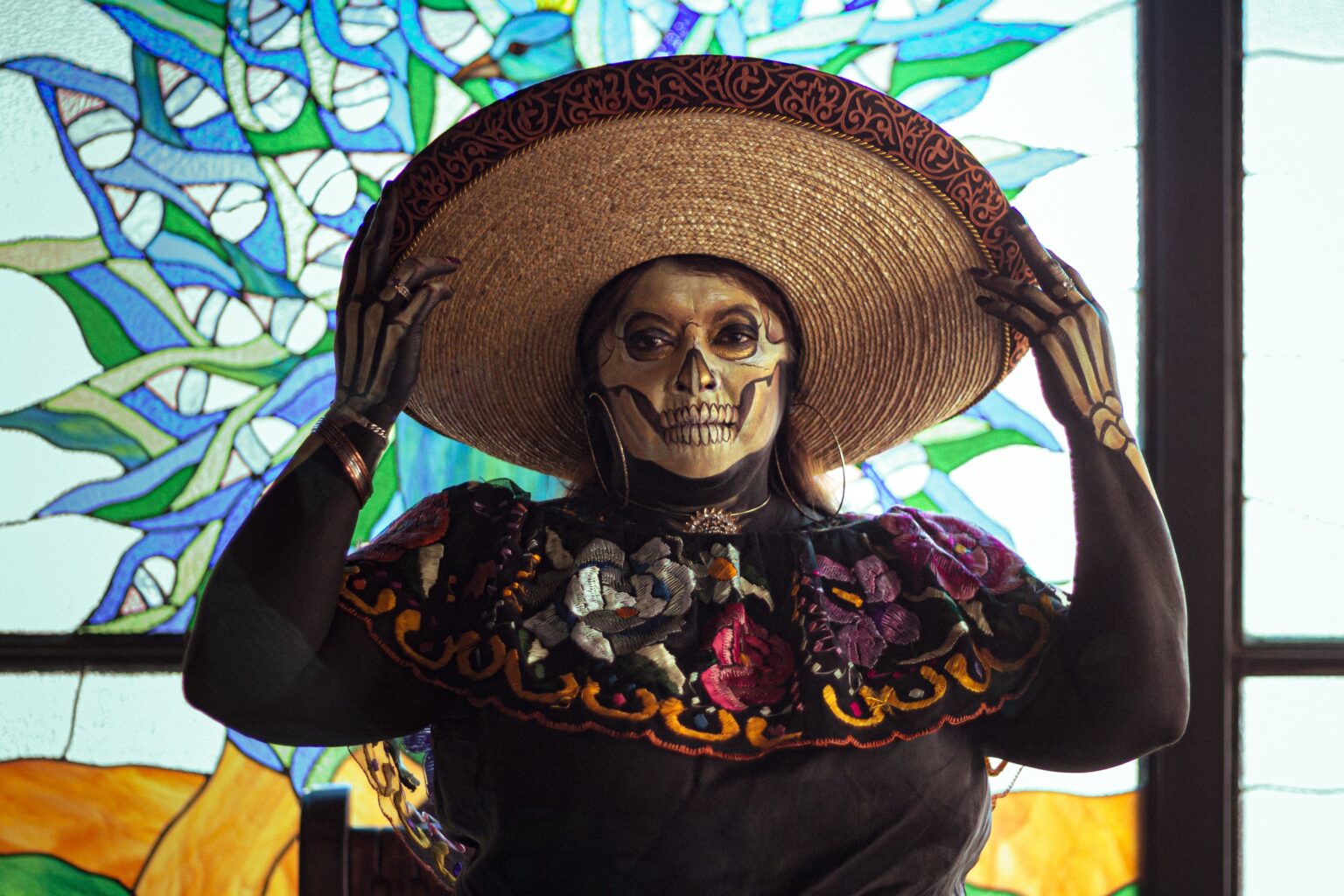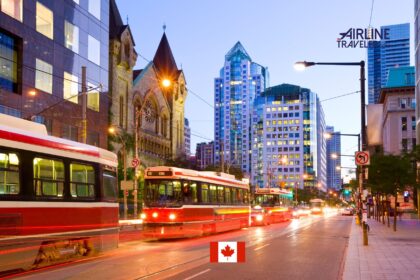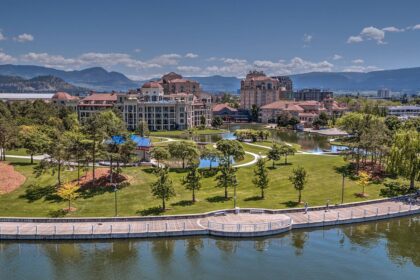Introduction
Nestled in the heart of China, Beijing is a city that beautifully encapsulates the essence of a nation’s rich history and its rapid leap into modernity. This sprawling metropolis, with a history dating back over three millennia, stands as a testament to the enduring legacy of a civilization while embracing the dynamic energy of the present.
In the heart of Beijing lies the Forbidden City, a UNESCO World Heritage site, and the imperial palace of China’s Ming and Qing dynasties. Its intricate architecture, ornate courtyards, and the iconic Meridian Gate are a living testament to the grandeur of China’s ancient emperors. Wander through its labyrinthine halls, and you’ll be transported back in time to an era of imperial splendor.
But Beijing isn’t merely a relic of the past. It’s a city that never sleeps, a modern hub of commerce, technology, and innovation. The cityscape is adorned with towering skyscrapers, bustling markets, and a world-class transportation system. Beijing’s skyline, illuminated by the neon glow of its modern buildings, is a stark contrast to the historical treasures it houses.
One of the most iconic symbols of Beijing’s modernity is the Bird’s Nest, the National Stadium built for the 2008 Summer Olympics. Its innovative design is a testament to China’s ambition and progress on the global stage.
Yet, amidst the fast-paced urban development, the city hasn’t forgotten its roots. The historic hutongs, narrow alleyways lined with traditional courtyard homes, provide a glimpse into traditional Beijing life. The juxtaposition of these ancient neighborhoods against the backdrop of the city’s skyscrapers creates a captivating blend of old and new.
Beijing’s rich history and its cutting-edge modernity converge harmoniously at sites like the Temple of Heaven, the Summer Palace, and the futuristic Central Business District. Visitors can immerse themselves in the timeless rituals of the city’s parks, where locals practice tai chi and play traditional instruments.
In “Beijing: Where History Meets Modernity,” every corner tells a story, and every skyline hints at the future. It’s a city that has gracefully embraced its heritage while forging ahead in the global arena. Whether you’re an admirer of ancient history or a seeker of contemporary marvels, Beijing offers a captivating blend of both, making it a truly extraordinary destination where the past and the future coexist in perfect harmony.
READ ALSO: Beijing Travel Costs: How Expensive Is Beijing For Travel?
Exploring Historical Treasures
As you delve deeper into Beijing’s historical treasures, you’ll find a treasure trove of cultural landmarks and artifacts that reveal the city’s enduring legacy.
The Great Wall: Just a short drive from the city, the Great Wall of China stretches across the landscape, showcasing the architectural prowess of ancient China. This colossal fortification, which winds its way through mountains and valleys, stands as a symbol of resilience and determination. A visit here not only offers breathtaking views but also a profound connection to China’s past.

The Summer Palace: Nestled by Kunming Lake, the Summer Palace is a serene retreat that once served as the imperial family’s summer escape. Its meticulously landscaped gardens, intricate pavilions, and the iconic Marble Boat reflect the aesthetics and leisure pursuits of the Qing dynasty rulers.
The Temple of Heaven: This architectural masterpiece is where ancient emperors once performed sacred rituals to ensure a bountiful harvest. The Circular Mound Altar and the Hall of Prayer for Good Harvests are architectural marvels that showcase the spiritual depth of China’s history.
The Lama Temple: As one of the largest Tibetan Buddhist monasteries outside of Tibet, the Lama Temple is a vibrant testament to Beijing’s diverse religious heritage. Its intricate artwork, towering Buddha statues, and the serene atmosphere create a sanctuary of spiritual reflection within the bustling city.
The National Museum of China: This modern museum, located at the eastern end of Tiananmen Square, houses an extensive collection of artifacts, artworks, and historical relics that provide a comprehensive overview of China’s history, from prehistoric times to the present day.
Old Beijing’s Culinary Delights: To truly immerse yourself in Beijing’s history, don’t forget to savor its culinary heritage. Sample traditional dishes like Peking duck, jianbing (savory crepes), and dumplings at local eateries and street stalls, where recipes have been passed down through generations.

As you explore these historical treasures, you’ll gain a deeper appreciation for the city’s rich cultural tapestry. Beijing’s past is not confined to museums; it’s alive in its streets, cuisine, and the warm hospitality of its people. These historical gems provide a bridge between the past and the present, allowing you to experience the continuity of Chinese culture in this vibrant metropolis.
Embracing Modern Marvels
While Beijing’s historical sites offer a captivating journey through time, the city’s modern marvels are equally impressive. Beijing is a thriving hub of innovation, progress, and contemporary culture.
The 798 Art District: Step into the 798 Art District, a former industrial area turned avant-garde art enclave. Here, you’ll find a convergence of galleries, studios, and exhibitions showcasing cutting-edge contemporary art from both Chinese and international artists. It’s a testament to Beijing’s role as a global center for artistic expression.
Wangfujing Shopping Street: For those seeking a modern shopping experience, Wangfujing is Beijing’s premier shopping street. It’s a bustling boulevard lined with luxury boutiques, department stores, and international brand outlets. It’s the perfect place to indulge in retail therapy and experience the modern shopping culture of Beijing.
Innovative Technology Centers: Beijing is at the forefront of technological advancement in China. Areas like Zhongguancun, often referred to as “China’s Silicon Valley,” are home to countless tech startups, research institutions, and multinational tech giants. The city is a hotbed of innovation in fields such as artificial intelligence, biotechnology, and telecommunications.
The Beijing National Aquatics Center: Also known as the “Water Cube,” this stunning architectural wonder from the 2008 Olympics has been transformed into a modern water park. Its unique design and modern amenities provide a perfect blend of recreation and aesthetic delight.
Contemporary Dining Scene: Beijing’s culinary scene has evolved to cater to every palate. In addition to traditional cuisine, the city boasts an array of international restaurants, trendy cafes, and fusion eateries. Exploring the diverse culinary landscape is a must for food enthusiasts.
Green Spaces and Urban Parks: Modern Beijing values green spaces and urban parks. The city has invested in creating beautiful parks like Olympic Forest Park and Chaoyang Park, offering residents and visitors alike a respite from the urban hustle and bustle.
High-Speed Transportation: Beijing’s transportation infrastructure is world-class, featuring an extensive subway system, modern airports, and high-speed rail connections to other major Chinese cities. Navigating the city and traveling within China has never been more convenient.
Beijing’s modernity is not just about skyscrapers and technology; it’s a testament to the city’s ability to seamlessly blend tradition and progress. It’s a place where ancient history stands side by side with cutting-edge innovation, offering visitors a unique opportunity to witness the coexistence of two worlds. As you explore the city’s modern marvels, you’ll gain a profound appreciation for Beijing’s role in shaping China’s future while preserving its rich heritage.
A Tapestry of Culture and Tradition

In the heart of Beijing, history and modernity come together to weave a rich tapestry of culture and tradition. This unique fusion can be witnessed in the daily life, festivals, and customs of the city’s residents.
Traditional Festivals: Beijing’s calendar is dotted with traditional festivals that celebrate the city’s cultural heritage. During the Spring Festival, also known as Chinese New Year, the city comes alive with vibrant dragon and lion dances, colorful lantern displays, and spectacular fireworks. The Mid-Autumn Festival sees families gathering to admire the full moon and share mooncakes. These celebrations connect the people of Beijing with age-old customs passed down through generations.
Local Arts and Crafts: Beijing is renowned for its traditional arts and crafts, such as cloisonné enamelware, Peking opera masks, and intricate woodblock prints. Visit markets like Liulichang to witness artisans at work and to purchase exquisite handmade souvenirs that embody the city’s artistic traditions.
Peking Opera: A visit to Beijing wouldn’t be complete without experiencing Peking opera, a traditional Chinese performing art that combines music, singing, acting, and elaborate costumes. The Mei Lanfang Grand Theater is the perfect place to witness this timeless art form.
Teahouses and Hutongs: In the city’s historic hutongs, you’ll find traditional teahouses where locals gather to socialize, play board games, and savor fragrant teas. These charming tea gatherings offer a glimpse into the city’s leisurely pace of life, a stark contrast to its modern urban hustle.
Language and Calligraphy: The art of calligraphy holds a special place in Beijing’s culture. Explore the city’s cultural centers and museums to witness calligraphy exhibitions and perhaps even try your hand at this ancient art form. The study of Mandarin, the official language of China, is another way to immerse yourself in the city’s culture and connect with its people.
Temples and Spirituality: Beijing’s temples, such as the Yonghe Temple (Lama Temple) and the White Cloud Temple, are not just historical relics but active centers of spirituality. Witnessing rituals and ceremonies here provides a window into the spiritual life of the city’s residents.
Cultural Exchange: Beijing’s international community has grown significantly in recent years, bringing diverse cultures and traditions to the city. Cultural events, international cuisine, and language exchange programs provide opportunities for cultural enrichment and cross-cultural friendships.
In Beijing, culture and tradition are not confined to museums and historical sites; they are woven into the fabric of daily life. The city’s residents take pride in preserving their heritage while embracing the dynamism of modernity. As a visitor, you have the privilege of immersing yourself in this rich tapestry of culture, where ancient rituals and contemporary living coexist harmoniously.
Frequently Asked Questions About Beijing: Where History Meets Modernity
1. What are the must-visit historical sites in Beijing?
The must-visit historical sites in Beijing include the Forbidden City, the Great Wall, the Summer Palace, the Temple of Heaven, and the Lama Temple.
2. What are some modern attractions in Beijing?
Modern attractions in Beijing include the 798 Art District, Wangfujing Shopping Street, innovative technology centers, contemporary dining scenes, and urban parks.
3. How can I explore both historical and modern aspects of Beijing in one trip?
To explore both aspects, plan your itinerary to include a mix of historical sites, modern attractions, cultural experiences, and local cuisine. Consider guided tours or hiring a local guide for insights.
4. What’s the best time to visit Beijing?
The best time to visit Beijing is during spring (April to June) and autumn (September to October) when the weather is pleasant. Summers can be hot and humid, while winters are cold with occasional snowfall.
5. How can I get around Beijing efficiently?
Beijing has an extensive subway system, taxis, and ride-sharing apps like Didi. The subway is a cost-effective and convenient way to navigate the city. You can also use mobile apps to translate addresses into Mandarin for taxi drivers.
6. Is English widely spoken in Beijing?
While English is becoming more common, especially in tourist areas, Mandarin is the primary language. It’s helpful to have basic Mandarin phrases or use translation apps to communicate.
7. What are some traditional Beijing dishes I should try?
Traditional dishes to try in Beijing include Peking duck, jianbing (savory crepes), dumplings, and hotpot. Don’t forget to sample street snacks like candied hawthorn and stinky tofu.
8. Are there any cultural etiquette tips I should be aware of when visiting Beijing?
When visiting temples, dress modestly and respectfully. Remove your shoes before entering someone’s home. It’s polite to learn a few basic Chinese phrases and use them when interacting with locals.
9. Can I visit the Great Wall from Beijing, and if so, how?
Yes, you can visit the Great Wall from Beijing. The most popular sections for day trips are Badaling and Mutianyu. You can book tours, hire a driver, or take public buses to reach these sections.
10. What are some unique cultural experiences I can have in Beijing?
You can participate in a traditional tea ceremony, watch a Peking opera performance, try your hand at calligraphy, or explore the city’s historic hutongs on a guided tour to experience authentic Beijing culture.
Visiting Beijing offers a remarkable blend of history, modernity, and culture, and these frequently asked questions should help you plan your trip and make the most of your time in this captivating city.
Conclusion: Discovering the Soul of Beijing
In the heart of China, Beijing stands as a living testament to the intertwining of history and modernity. This dynamic city, with its ancient treasures and cutting-edge innovations, offers a profound and multifaceted travel experience.
As you wander through the Forbidden City, explore the Great Wall’s majestic ramparts, or marvel at the contemporary art in the 798 Art District, you’ll witness the harmonious coexistence of Beijing’s rich past and its vibrant present. It’s a place where emperors once ruled from ornate palaces, and today’s entrepreneurs shape the world from gleaming skyscrapers.
In this city, culture and tradition are not confined to museums; they thrive in the daily life of its people. You can savor centuries-old recipes like Peking duck, engage in a traditional tea ceremony, or simply lose yourself in the charm of the historic hutongs.
Beijing’s transformation into a global hub for technology and innovation is equally awe-inspiring. Its bustling streets and modern infrastructure are a testament to China’s relentless pursuit of progress. Yet, amidst the fast-paced urban development, the city’s soul remains deeply rooted in its history, traditions, and the warmth of its residents.
In “Beijing: Where History Meets Modernity,” you’ll find a destination that bridges the gap between the ancient and the contemporary. It’s a place where every corner reveals a story, where every dish tells a tale, and where every encounter is a cultural exchange.
Whether you’re a history enthusiast, an admirer of modern wonders, or a seeker of cultural immersion, Beijing offers a journey like no other. It’s a city that invites you to explore, learn, and appreciate the beauty of contrasts. As you bid farewell to this captivating metropolis, you’ll carry with you not just memories but a deep appreciation for a city where the past and the future exist in perfect harmony.
In other article, Budget Travel Guide to China: Exploring the Middle Kingdom on a Shoestring






